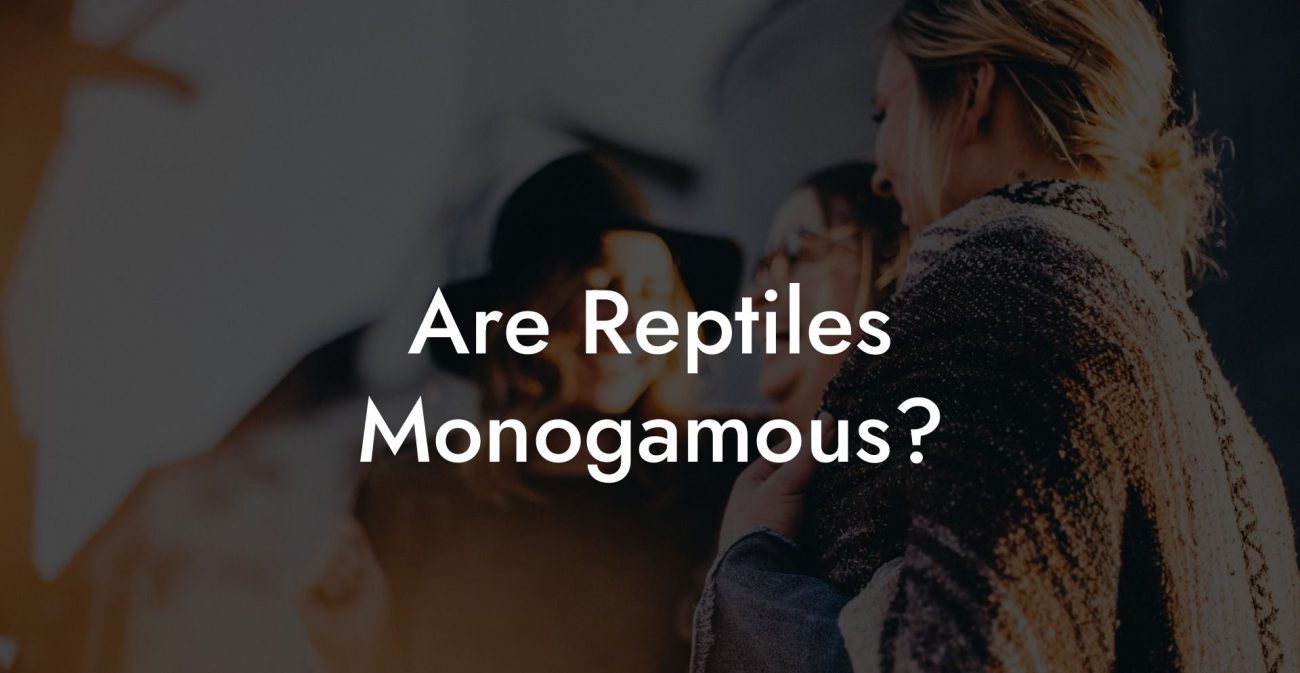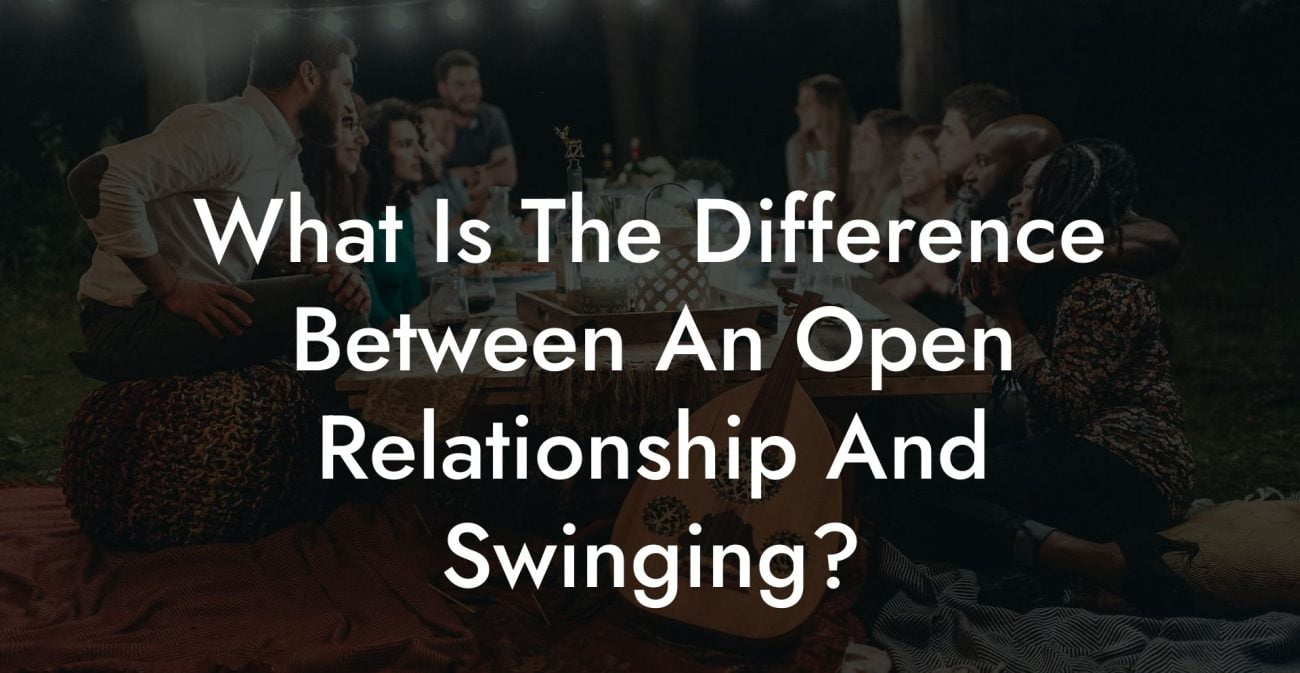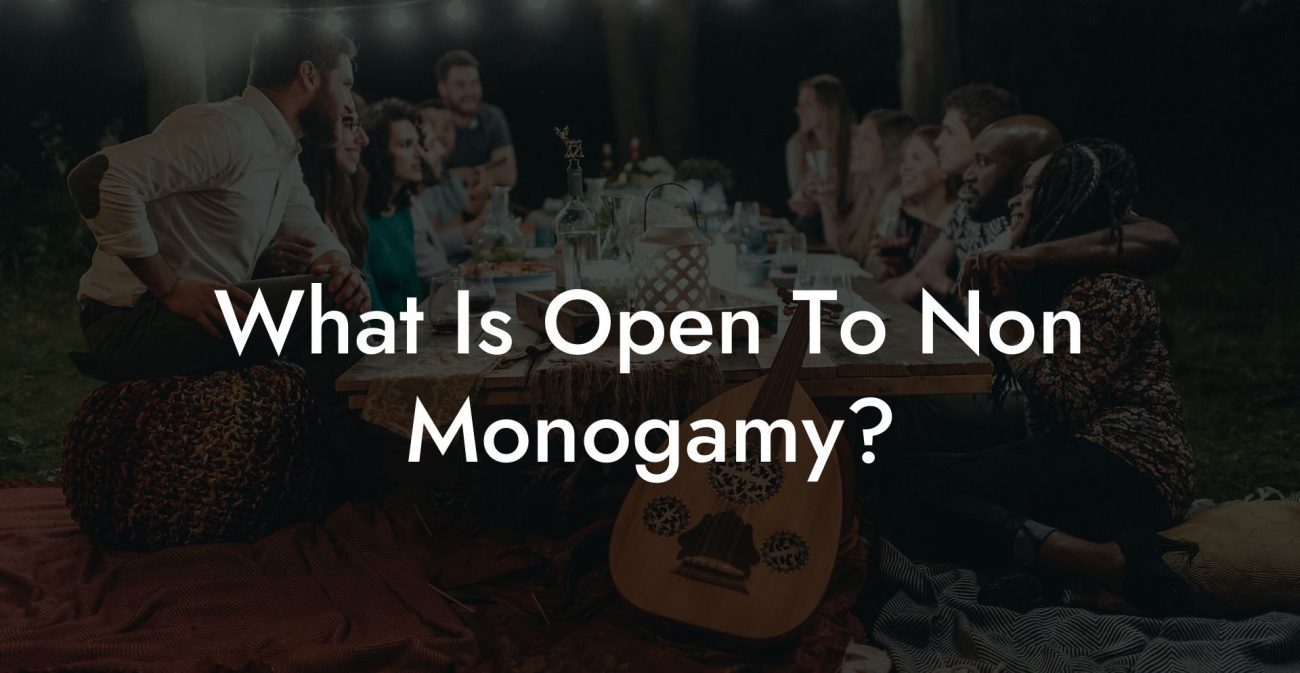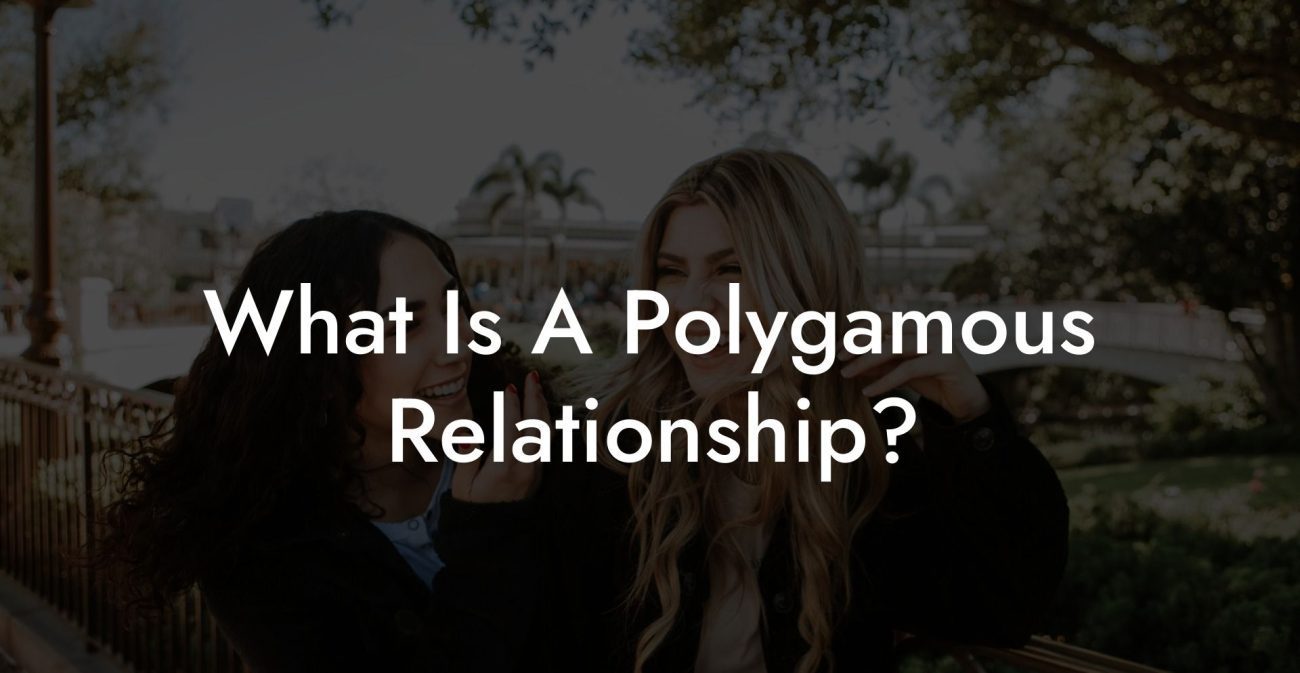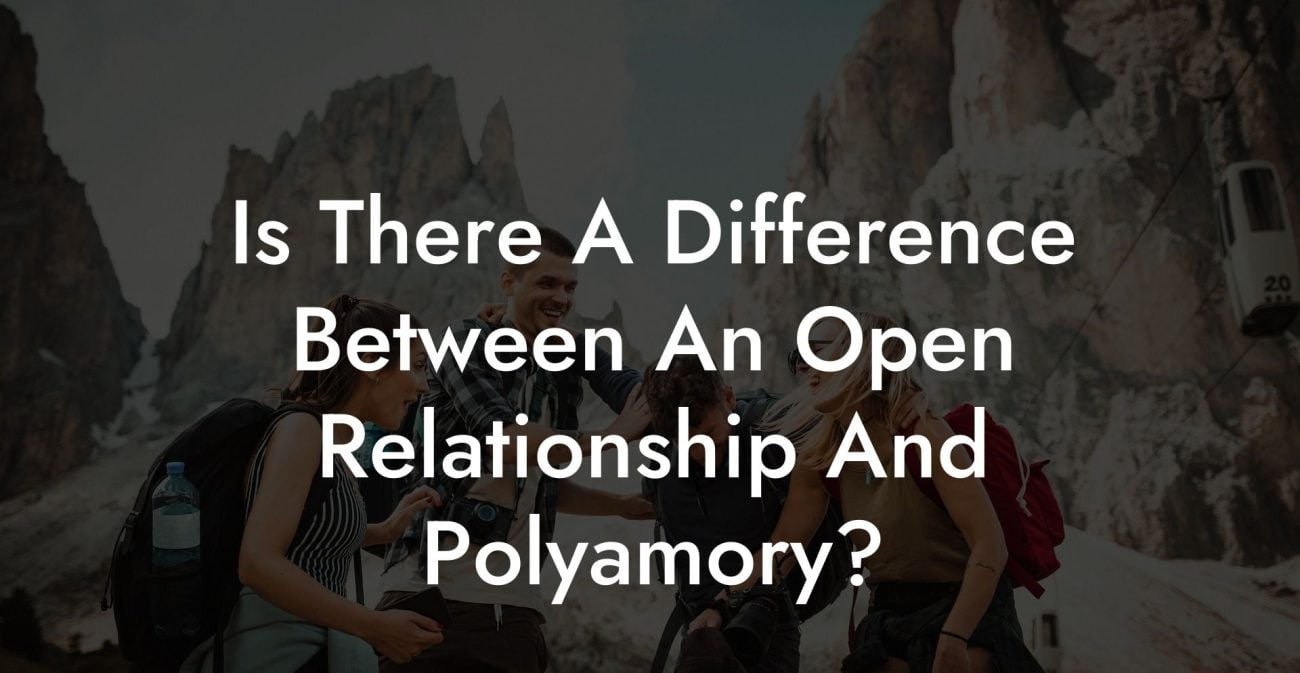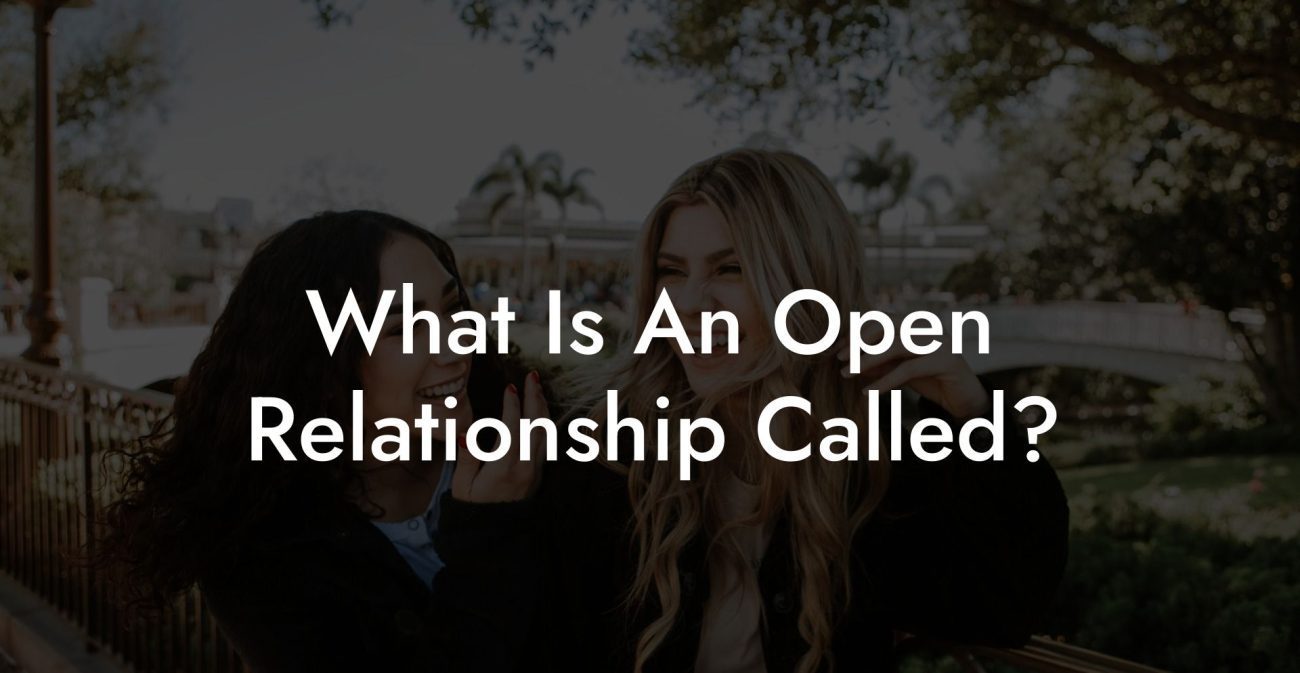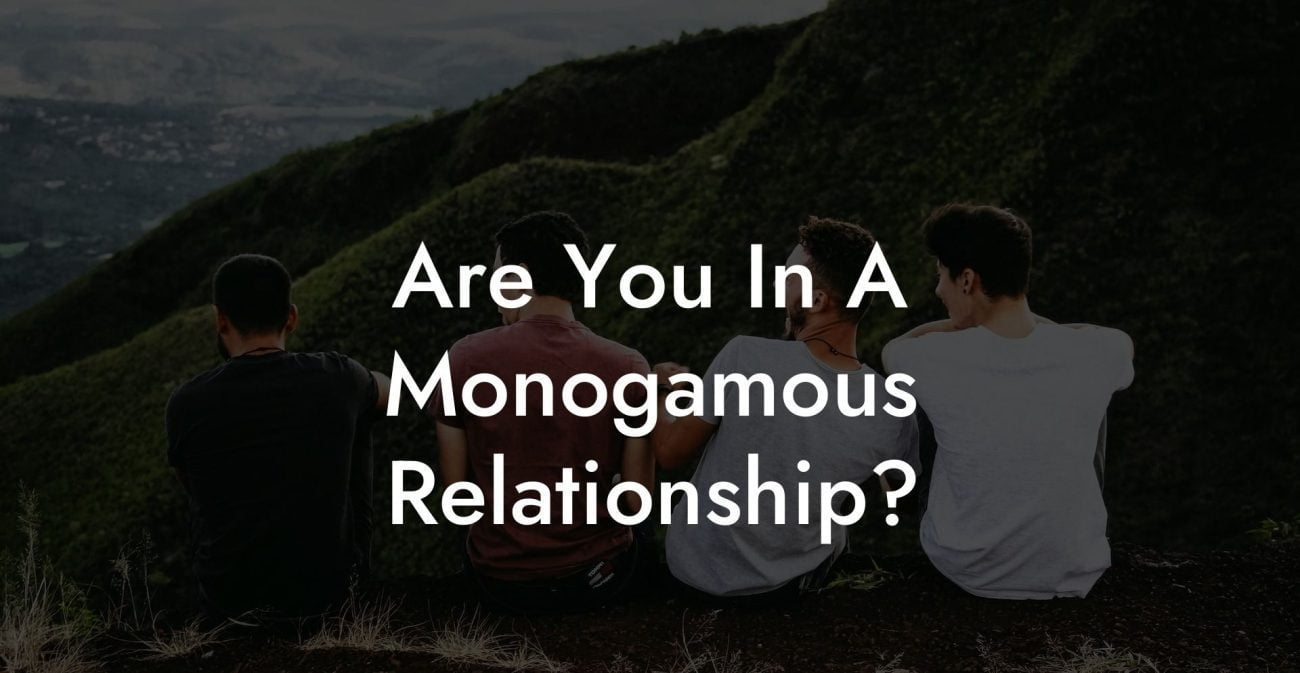Polyamorous relationships, a once hushed concept, has gained traction in recent years, but reactions to this alternative type of relationship remain mixed – curiosity, envy, empathy, or downright judgment. But what exactly is polyamory? How is it different from other forms of non-monogamous relationships? As we unveil the layers of polyamory, we'll debunk myths and misconceptions, and provide you with insights on embracing this diverse and complex lifestyle.
Polyamorous Relationship Table of Contents
Myth 1: Polyamory is just an excuse to cheat
Myth 2: Polyamorous people can't commit or are afraid of commitment
Myth 3: Polyamorous relationships are always unstable or doomed to fail
Polyamory, derived from the Greek term 'poly' meaning many, and the Latin term 'amor' meaning love, is the practice of being open to intimate relationships with more than one person simultaneously, with the consent of all involved. Contrary to popular misconceptions, it does not involve cheating or swinging, nor is it primarily about sex. Polyamorous relationships, just like monogamous ones, involve emotions, trust, and commitment.
Polyamory exists on a spectrum. Some prefer hierarchical polyamory, where relationships have primary, secondary, and tertiary partners, while others find solace in non-hierarchical or egalitarian polyamory, with no ranking system. There are also those in solo polyamorous relationships, who prioritize their autonomy and don't desire long-term commitments, even when they have multiple partners. Though polyamory works differently for different individuals, the foundation lies in open communication, consent, and boundaries.
Myth 1: Polyamory is just an excuse to cheat
Reality: Cheating involves a breach of trust, dishonesty, or breaking established boundaries. Polyamory, on the contrary, is based on transparency, ongoing communication, and mutual understanding with all partners involved.
Myth 2: Polyamorous people can't commit or are afraid of commitment
Reality: Polyamory doesn't result from a fear of commitment or an inability to have a fulfilling, meaningful relationship. In fact, maintaining multiple commitments simultaneously can be more challenging and require immense emotional maturity.
Myth 3: Polyamorous relationships are always unstable or doomed to fail
Reality: Just like any other relationship, polyamorous relationships face challenges and hurdles, but how partners navigate these issues largely determine their stability or success. Communicative and supportive relationships, irrespective of the number of partners involved, enjoy a higher degree of stability.
Polyamorous Relationship Example
"Anna" and "Ben" have been happily married for years, but always felt the potential to expand their love beyond each other. After deep discussions, they decided to open their relationship to include "Claire." All three share a consensual, transparent, and loving bond. They not only give and receive love but also invest time and effort into each relationship, ensuring everyone feels valued and understood. Despite moments of jealousy or insecurities, they tackle these emotions through open communication, support, and empathy, maintaining a healthy and stable polyamorous relationship.
As we've explored, polyamorous relationships are unique, diverse, and as intricate as any other form of relationship. They come in various forms and levels of commitment, debunking popular myths and misconceptions. Those who opt for polyamory thrive on love, trust, and communication, recognizing that love is a currency that can be multiplied and shared, without dilution or deprivation.
Whether you’re contemplating polyamory or curious about this alternative lifestyle, The Monogamy Experiment offers a wealth of knowledge on various aspects of monogamy, non-monogamy, and polyamory. So, don't wait – share this post, spread the love, and delve further into the guides and resources available on The Monogamy Experiment. The world of relationships is vast and beautiful, and there is always something new to learn and explore.


